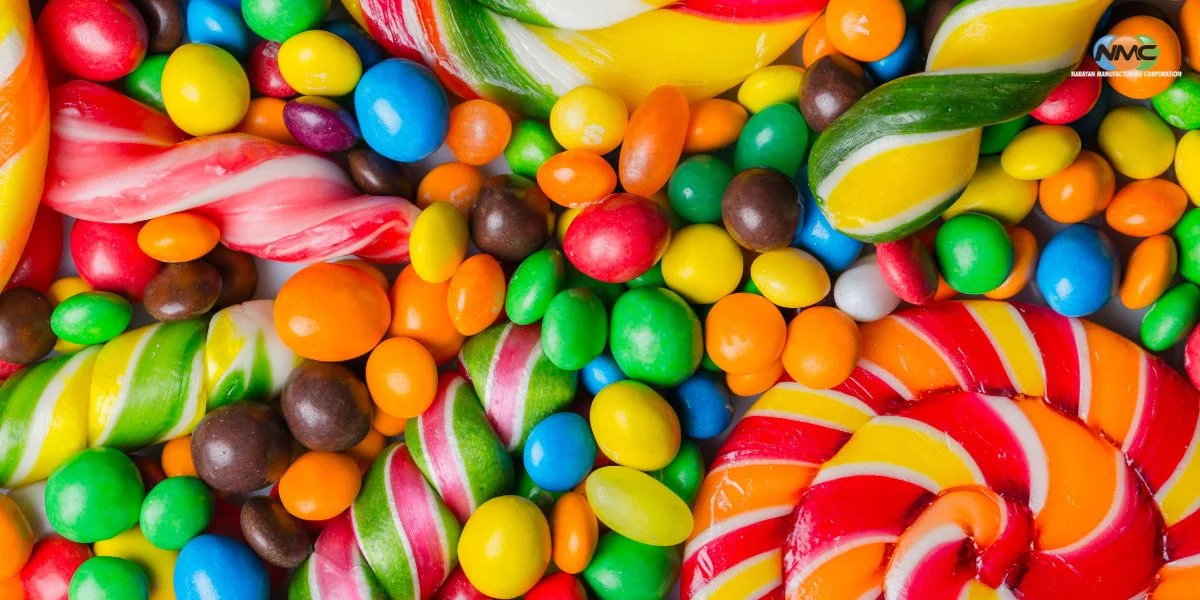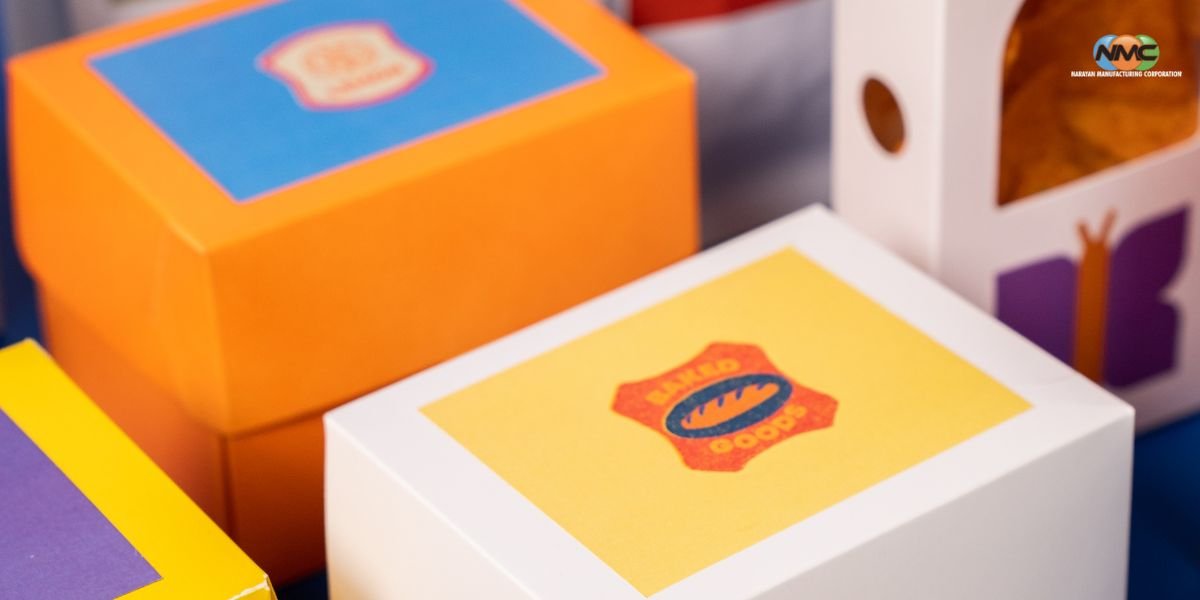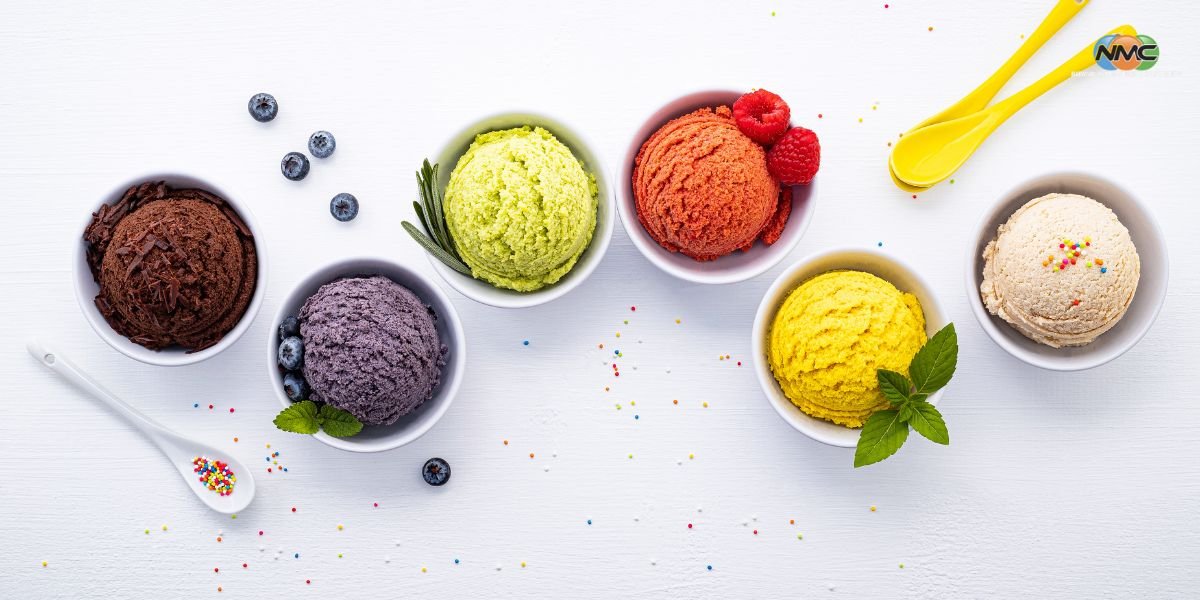In the competitive world of food and beverages, branding is more than just a logo or a catchy slogan; it’s about creating a lasting impression that resonates with consumers. One of the most effective yet often overlooked tools in branding is food coloring. The colors used in food products play a crucial role in how a brand is perceived, helping companies stand out in a crowded market and build a loyal customer base.
1. The Psychology of Color in Food Branding
Colors evoke emotions and memories, which can influence consumer choices. For example, the vibrant red of a cola can suggests excitement and energy, while the calming blue of a yogurt cup might imply freshness and tranquility. Brands carefully select colors that align with their identity and the emotions they want to evoke in consumers.
In food products, the color is not just about making the product visually appealing; it’s also about creating a sensory experience that aligns with the brand’s message. A bright green juice might convey health and vitality, while a deep brown chocolate bar could suggest richness and indulgence. These color choices are deliberate and play a significant role in how consumers perceive the brand.
2. Differentiating Products in a Saturated Market
In a market flooded with similar products, food coloring becomes a powerful tool for differentiation. Unique color combinations or signature shades can set a product apart from the competition. For instance, a snack brand might use an unusual color to make its product stand out on the shelf, ensuring that consumers recognize it instantly.
Food coloring also allows for seasonal or limited-edition variations, creating a sense of exclusivity and urgency. A well-timed release of a holiday-themed product with festive colors can boost sales and enhance brand loyalty. By leveraging food coloring creatively, brands can keep their products fresh and exciting, encouraging repeat purchases.
3. Building Brand Recognition Through Consistency
Consistency in color usage across different products and packaging is key to building brand recognition. When consumers see a specific color combination, they immediately associate it with a particular brand. This visual cue can be incredibly powerful, especially in fast-paced shopping environments where decisions are made in seconds.
Brands like McDonald’s and Coca-Cola have mastered the art of using consistent colors to reinforce their brand identity. Food coloring plays a vital role in this strategy, ensuring that the product looks the same every time a consumer buys it, no matter where they are in the world. This consistency helps build trust and loyalty among consumers.
4. The Future of Food Coloring in Branding
As consumer preferences shift towards natural and clean-label products, the role of food coloring in branding is evolving. Brands are increasingly exploring natural food colorings that align with their health-conscious image. However, the challenge lies in maintaining the vibrant and consistent colors that synthetic colorings offer.
Innovations in food coloring technology are helping brands overcome these challenges, allowing them to create visually appealing products without compromising on their brand values. As the demand for transparency and sustainability grows, the way food coloring is used in branding will continue to evolve, offering new opportunities for differentiation.
Conclusion
Food coloring is far more than just an aesthetic choice; it’s a powerful branding tool that can influence consumer perceptions, differentiate products, and build brand recognition. By understanding the psychology of color and leveraging it effectively, brands can create a strong and memorable identity in the minds of consumers. As the industry continues to innovate, the role of food coloring in branding will only become more significant, offering exciting possibilities for the future.
















